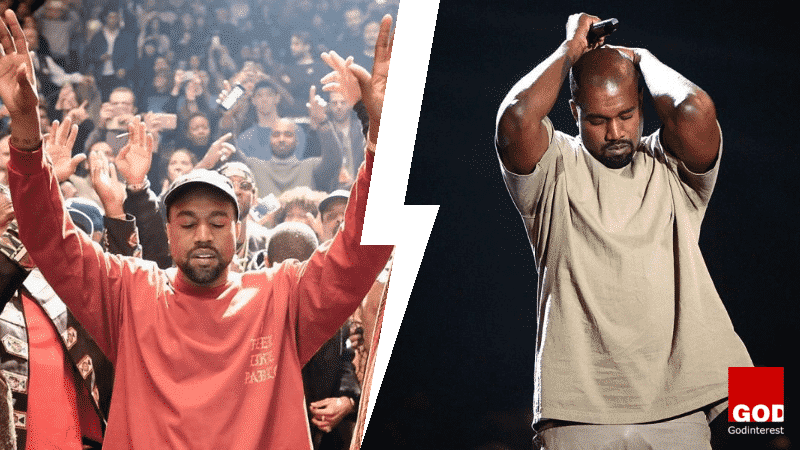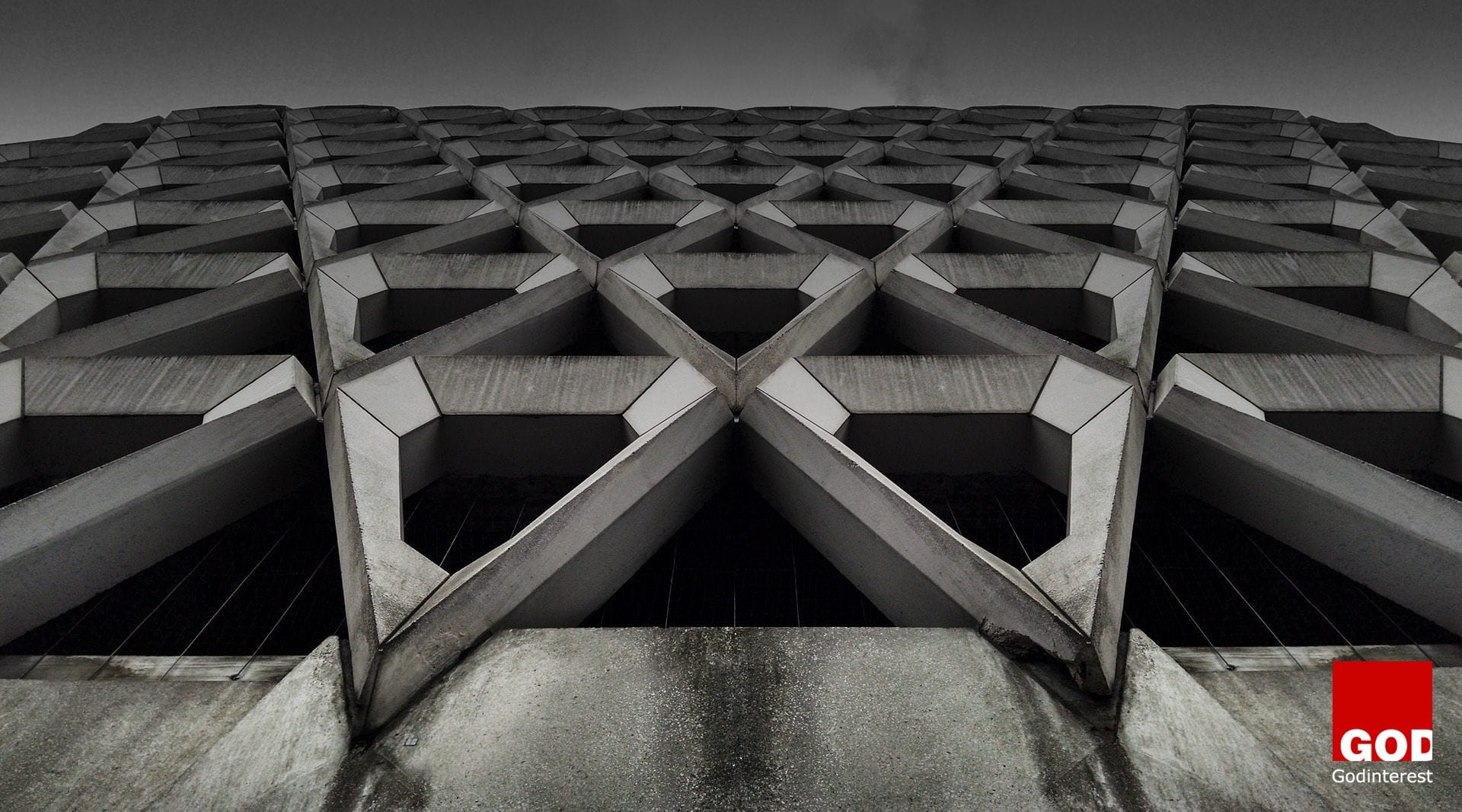In recent months, the internet has been abuzz with reactions from Kanye West’s latest tweets which have become quite reflective, political and controversial. As Christians, we may not necessarily be concerned about this sort of tabloid news, but amidst all the emotional and irrational responses of people, there is certainly more to it than what meets the eye.
On November 21 (2016), Kanye West was hospitalized following a series of bizarre on-stage proclamations and ultimately the cancellation of twenty-one Saint Pablo tour dates. A mixture of exhaustion and depression over his mother’s death reportedly contributed to his break. TMZ claims that Kanye was at his trainer’s house when the cops received a call because he was “acting erratically”. He was then forcibly hospitalized at the UCLA medical center. Apparently, he was actually handcuffed to a gurney during transport to the hospital, which cops claimed was a standard protocol. He was later released on November 30 with a higher dosage of prescribed medication than when he went in. He stated that he had been addicted to opioid after having had liposuction, which was done to avoid people calling him fat during his wedding to Kim Kardashian. He had been prescribed the opioid after his plastic surgery and had been taking them ever since, but states that when he decided to stop taking the pills, he landed up in hospital two days later. Prior to his forced hospitalization, he used one of his concerts as a platform for a political rant, claiming that he loves Donald Trump.
After his hospitalization, Kanye West resurfaced with bleached hair, which reminded me of the rapper, Eminem. A few years ago, he went through the same process after he began to speak out about certain issues, and when he returned from hospitalization, he not only came back with Baphomet horns on his album cover but with the bleached hair too. If you begin to look back on the public breakdowns of other celebrities, you begin to see a pattern. Celebrities like Amanda Bynes, Lindsay Lohan, Britney Spears, Michael Jackson and his daughter Paris Jackson have all attended this hospital. We may say that it is merely a coincidence, or that it probably means that the hospital is one of the best in the country, but I believe that something far darker lurks behind the walls of the hospital.
At one point in the history of the Ronald Reagan UCLA Medical Center, it was home to the top mind control programmer and psych ward head, Louis Jolyon “Jolly” West. In the years 1974 to 1989, he received at least $5,110,099 in grants from the federal government, channeled through the National Institute of Mental Health, a major funding conduit for CIA programs. Many other millions were poured into the UCLA Neuropsychiatric Institute that West led, including over $14 million in federal funds in one year before he stepped down. There are stories circulating about the mind control programs inflicted upon the patients of the hospital. Reports of people being admitted one way but coming out completely changed have surfaced, with some patients claiming that their memory prior to hospitalization had been completely wiped out. It was stated that the program had stopped, but evidence seems to suggest that it still continues today.
You would need to be living under a rock to not have heard about conspiracies such as the Illuminati, MK Ultra Mind Control, Cloning etc. These conspiracies are circulating around the web like wildfire, with some believing them and others tooting them as made up stories, with some even making fun of them. When it comes to celebrities acting strangely or breaking down, people will automatically associate it with drug abuse, mental health problems, and exhaustion, but if you took the time to listen to these people during their moments of “odd and erratic behaviour”, you may just find yourself realizing that there is a hidden powerhouse that seems to be controlling everything, from banks to the media and even governments. These celebrities refer to this powerhouse as ‘they’, but never seem to reveal just who ‘they’ are.
In one of his tweets back in April, Kanye said “be fearless. Express what you feel not what you’ve been programmed to think.” He believes that people are being programmed to think a certain way, but he says that expressing your feelings is the way to get out of that programming. As Christians, we know that our feelings are not reliable and that we should base our thinking on the truths of the Bible. In another tweet, “Don’t follow crowds. Follow the innate feelings inside of you. Do what you feel not what you think. Thoughts have been placed in our heads to make everyone assimilate. Follow what you feel.” Once again, the idea of programming is brought into this tweet, and his solution is (again) following your feelings. One of his tweets centered around GOD says, “I don’t subscribe the term and concept of GOD fearing. That’s a dated mentality that was used to control people. We are in the future. If GOD is love and love it’s the opposite of fear then… to fear GOD makes no sense…” In his search for truth, he totally misses what the fear of GOD means. It’s not about being terrified of Him, but showing respect and fearing the loss of His presence in our lives. In some way, we fear our parents, not because we’re worried about what they can do to us, but because we understand their authority and position in our lives. A loss of fear can result in a lack of respect. The fear of GOD is the beginning of all knowledge, but it is our love for Him and His love for us that cultivates the relationship that we have with Him.
In his interview with radio personality, Charlamagne, he said that his breakdown came from “fear, stress, control, being controlled, manipulation… stressing things that create, like, validation that I didn’t need to worry about as much.” He also spoke about fearing that he would be killed in the hospital, “…I can’t express to you how traumatizing that moment is, and then you wake up drugged the f-k out.” Although some would brush off his words and think nothing more of them, I cannot help but think that he is trying to say something or even warn the public about something without saying too much. For a man who has been described as ahead of his time, a forward-thinker and a maker of his own rules, why would he turn around and say that he was fearful? That he was being controlled and manipulated? And then to fear for his life in hospital? There is definitely a lot more to this story than what meets the eyes.
Kanye West has also expressed his love for Donald Trump, which has earned him disdain from other celebrities. He has received a lot of criticism for his new way of thinking, with some even going so far as to say that the person that came out of the hospital isn’t Kanye West. Could Kanye have been ‘reprogrammed’? Or is he waking up from his programming?
Although we are not of the world, I believe that we should take note of what is going on to avoid being fooled. I know that many Christians continue to listen to secular music and do not censor what they watch on TV. We are being bombarded with irrelevant information to keep us in the dark of what is really taking place in the world. We are being lulled into thoughts of safety when the reality is that hidden powerhouses are plotting our demise through the control of the media, Hollywood, the music industry and the government. There is a hidden agenda, and Kanye West is just one person in a sea of celebrities that is being controlled to influence us and program our thinking to fit into dangerous ideologies. The next time a well-known figure suffers a breakdown, is labeled as crazy, commits ‘suicide’, is taken to a hospital, prescribed drugs and seems changed, take note of it. We need to open our eyes to what is happening in the world, even the smallest of events is part of one big event: preparing the world to accept the Anti Christ.

























